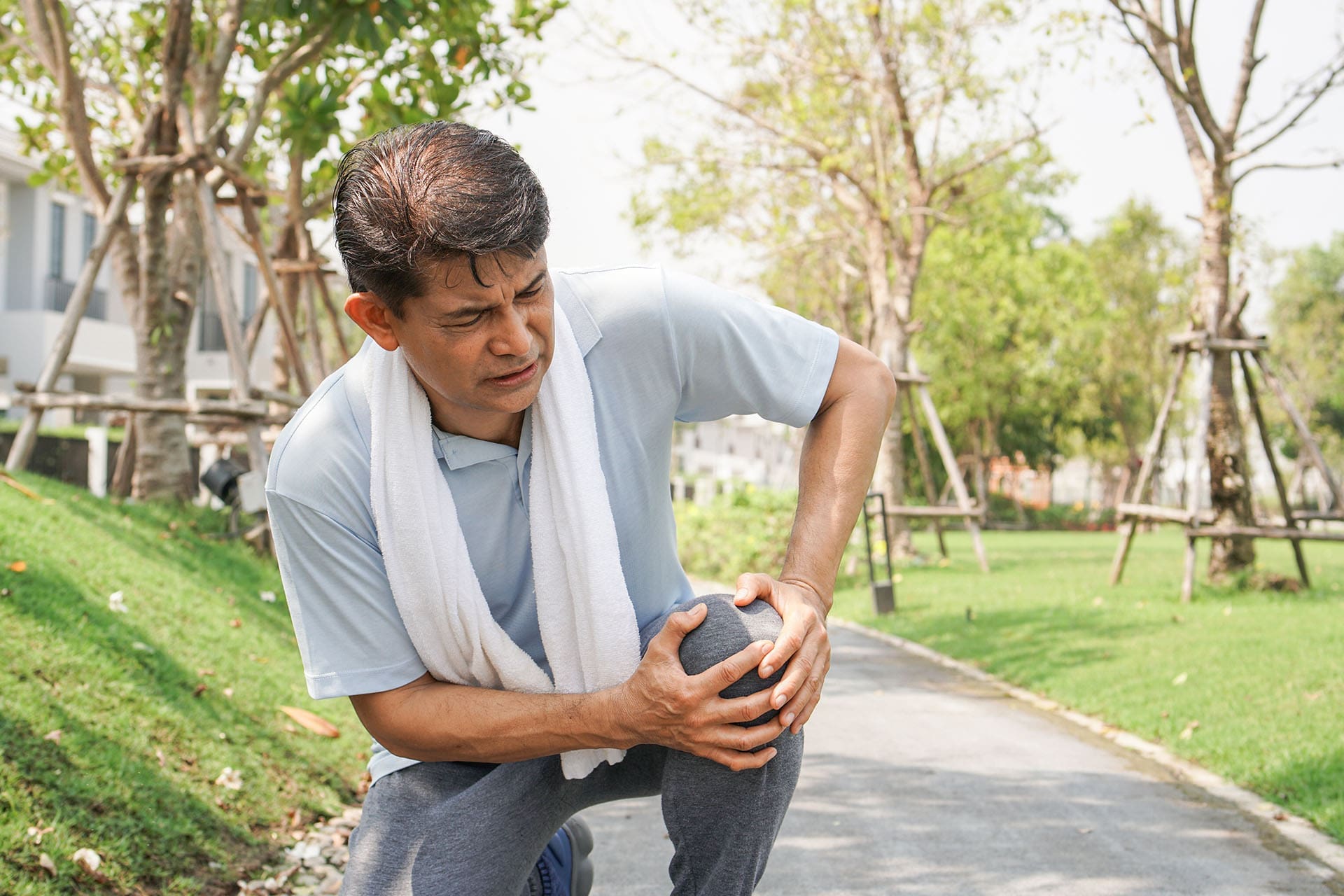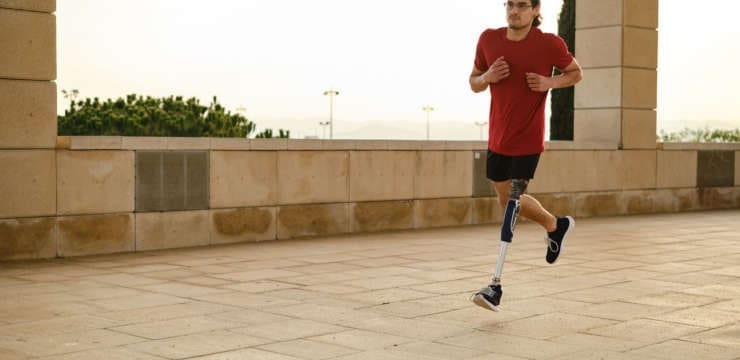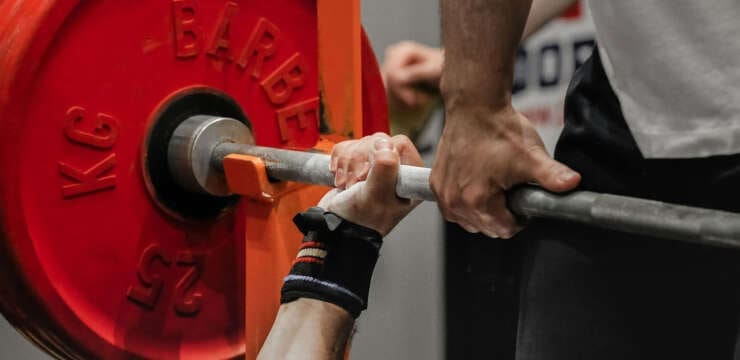
Table of Contents
Weekend Athletes Injury Solutions: A Health Coach’s Guide to Safer Play

Who this helps: adults who sit most of the week and then go hard on the weekend—“weekend warriors.”
Goal: explain common injuries, why they happen, what to do first, and how a coaching-based, integrative plan (habit changes + smart training + hands-on care when needed) keeps you active and safe.
Weekend warriors: the good news and the catch
Studies show you can still gain major health benefits even if most of your exercise happens on one or two days—as long as you meet weekly targets (about 150 minutes of moderate or 75 minutes of vigorous activity). The catch is load spikes: if you jump in cold or do “too much, too soon,” injury risk rises. (American Heart Association News, 2024; Mass General Brigham, 2024). (www.heart.org)
What usually gets hurt (and why)
Emergency doctors most often treat injuries to the knees, shoulders, and ankles, with sprains and strains being more common than fractures. These injuries typically occur after a sudden cut, a poor landing, or an unprepared sprint or lift. (Weill Cornell Medicine, 2024). (Weill Cornell Medicine)
Three simple drivers explain most weekend injuries:
- Overuse (repeating motions your tissues aren’t ready for)
- Sudden movement (cuts, jumps, twists)
- Poor prep (no warm-up, weak stabilizers, worn shoes)
(Aligned Orthopedic Partners, 2024). (Aligned Orthopedic Partners)
Common patterns you might feel: ankle sprain after a twist, hamstring or calf “pull,” sore rotator cuff with overhead reach, or shin pain after running on hard surfaces (Reagan Integrated Sports Medicine, 2024; Riverside Health System, 2025). (Reagan Integrated Sports Medicine)
Sprain vs. strain: a sprain injures a ligament (joint stabilizer); a strain injures muscle or tendon (mover). (Pinnacle Vitality, n.d.). (pinnaclevitality.ca)
Why weekday habits matter
Hours of sitting and repeated tasks “pre-load” muscles, tendons, and nerves. Add a big weekend push, and tissues can flare. Repetition and awkward posture are often linked to tendon and nerve irritation at work, so taking micro-breaks and making posture adjustments can be beneficial. (MyShortlister, 2023). (Shortlister)
First aid for a fresh tweak (24–72 hours)
Use PRICE: Protect, Rest, Ice (up to 20 minutes at a time), Compress, and elevate. Don’t push through sharp pain. Get care now if you hear a “pop,” can’t bear weight, see a deformity, or notice numbness, tingling, or weakness. (Weill Cornell Medicine, 2024). (Weill Cornell Medicine)
Imaging basics: many sprains/strains don’t need immediate MRI. Clinicians start with a history and examination; an X-ray may be taken first to rule out a fracture. Ultrasound or MRI follows when a soft-tissue tear or nerve sign is suspected. (Weill Cornell Medicine, 2024). (Weill Cornell Medicine)
A coach’s prevention plan that actually works
1) Make movement a weekday habit.
Two short “bridge” sessions (20–30 minutes) during the week improve tissue tolerance and cut weekend risk. (Riverside Health System, 2025; Emory Healthcare, n.d.). (Riverside Health)
2) Warm up dynamically, cool down gently.
Before play: 5–10 minutes of easy cardio + dynamic moves (leg swings, lunges, and arm circles). After play: ease into light stretches. (Riverside Health System, 2025; Appleton Chiropractic Center, n.d.; Mayo Clinic Sports Medicine, n.d.). (Riverside Health)
3) Build up gradually.
Increase time or intensity by about 10% per week. Rotate high- and low-impact days. (Center for Orthopaedic Surgery & Sports Medicine, n.d.). (Ortho Sports Center)
4) Gear check.
Replace worn shoes; match footwear to the sport. (Riverside Health System, 2025). (Riverside Health)
5) Coaching cues at work.
Take hourly 60–90 second micro-breaks, change positions, and vary tasks to reduce repetitive strain. (MyShortlister, 2023). (Shortlister)
Build-your-own warm-up (5–8 minutes)
- Easy cardio (2–3 min): brisk walk or light jog
- Hips & legs (2 min): leg swings (front/back, side/side), walking lunges
- Shoulders & back (1–2 min): arm circles, band rows, or pull-aparts
- Sport rehearse (1–2 min): short shuffles, easy jumps, or shadow swings
Skipping warm-ups is linked with sprains, strains, and back flares—especially when you go from desk to game. (Weill Cornell Medicine, 2024; Mayo Clinic Sports Medicine, n.d.). (Weill Cornell Medicine)
Mid-week “bridge” sessions (coach-approved, desk-friendly)
Day A – Hips/legs/core (25–30 min)
- 5 min brisk walk
- 2 rounds: body-weight squats 12; step-ups 10/side; split-squats 8/side
- Core: plank 20–40 sec; side plank 15–30 sec/side
- Finish with calf, hamstring, and hip-flexor stretches (2–3 min)
Day B – Shoulders/back/core (25–30 min)
- 5 min light cardio + arm circles
- 2 rounds: push-ups 8–12; band rows 12–15; band “T” raises 10–12
- Core: dead bug 6/side; bird-dog 6/side
- Finish with pec stretch + thoracic rotations (2–3 min)
These short sessions improve strength, control, and tissue capacity—so weekend play feels easier and safer. (Center for Orthopaedic Surgery & Sports Medicine, n.d.; Emory Healthcare, n.d.). (Ortho Sports Center)
Self-care roadmaps (simple and safe)
Ankle sprain
- Days 0–2: PRICE, ankle pumps, compression sleeve
- Days 3–7: pain-free range of motion; start weight bearing as tolerated
- Weeks 2–4: balance drills and band work
Seek care if you can’t bear weight or feel instability. (Weill Cornell Medicine, 2024). (Weill Cornell Medicine)
Achilles tendinopathy
- Ease off jumping/sprinting; begin slow calf raises, progress to eccentrics
- Inspect shoes and surfaces; add gradual loading over weeks (Aligned Orthopedic Partners, 2024). (Aligned Orthopedic Partners)
Rotator cuff soreness
- Short rest (not total rest); start light scapular control and external-rotation drills
- Limit heavy overhead work at first; improve thoracic mobility (Aligned Orthopedic Partners, 2024). (Aligned Orthopedic Partners)
Shin splints
- Reduce impact for a short period; add calf strength and softer surfaces
- Rebuild distance slowly (Reagan Integrated Sports Medicine, 2024). (Reagan Integrated Sports Medicine)
Return-to-play checklist (advance only when all are true)
- Daily tasks are pain-free, and sleep is normal
- Full, pain-free range of motion at the injured area
- Strength feels even side-to-side in simple tests
- Basic sport drills (jog-cut-jog; easy swings/serves) cause no symptoms
If any step hurts, step back, adjust the load, and rebuild capacity. (Weill Cornell Medicine, 2024). (Weill Cornell Medicine)
How health coaches fit into integrative care
A health-coaching approach turns beneficial advice into daily action:
- Small, steady habits: 10% weekly progress, two mid-week micro-workouts, and a set warm-up and cool-down
- SMART goals + tracking: brief logs for sleep, steps, and sessions
- Problem-solving: shoe checks, posture tweaks, micro-breaks, and calendar reminders
- Referrals when needed: prompt guidance to chiropractic, physical therapy, or sports medicine for exam, rehab, or imaging
This team model—coaches + clinicians—links habit change with hands-on care so injuries heal well and stay away. (Riverside Health System, 2025; Weill Cornell Medicine, 2024; Aligned Orthopedic Partners, 2024). (Riverside Health)
Key takeaways
- Total weekly minutes matter. Weekend-only training can be healthy, but avoid sudden spikes. (American Heart Association News, 2024; Mass General Brigham, 2024). (www.heart.org)
- Most common issues include sprains, strains, and overuse injuries in the ankle, knee, and shoulder. (Weill Cornell Medicine, 2024). (Weill Cornell Medicine)
- Warm up, build gradually, add two short mid-week sessions, and check gear. (Riverside Health System, 2025; Center for Orthopaedic Surgery & Sports Medicine, n.d.). (Riverside Health)
- Use PRICE early and watch for red flags; seek care and imaging when signs indicate more than a minor sprain. (Weill Cornell Medicine, 2024). (Weill Cornell Medicine)
References
- Aligned Orthopedic Partners. (2024, July 23). Musculoskeletal injuries: Causes and treatments. alignedortho.com/musculoskeletal-injuries-causes-and-treatments/ (Aligned Orthopedic Partners)
- Appleton Chiropractic Center. (n.d.). Sports injuries. appletonchiro.com/conditions/sports-injuries/ (Appleton Chiropractic)
- Center for Orthopaedic Surgery & Sports Medicine. (n.d.). Sports medicine for weekend warriors: Staying active and injury-free. www.centerfororthosurgery.com/sports-medicine-for-weekend-warriors-staying-active-and-injury-free/ (Ortho Sports Center)
- Emory Healthcare. (n.d.). Calling all weekend warriors: Prevent injury with expert advice. www.emoryhealthcare.org/stories/ortho/calling-weekend-warriors-prevent-injury-expert-advice (Emory Healthcare)
- Mass General Brigham. (2024, Sept 26). ‘Weekend warrior’ physical activity may help protect against more than 200 diseases. www.massgeneralbrigham.org/en/about/newsroom/press-releases/weekend-warrior-physical-activity-helps-against-diseases (Mass General Brigham)
- MyShortlister. (2023). The most common work-related musculoskeletal disorders. www.myshortlister.com/insights/work-related-musculoskeletal-disorders (Shortlister)
- Reagan Integrated Sports Medicine. (2024, Mar 8). Common sports injuries: Identifying and treating musculoskeletal issues. www.reagansportsmed.com/2024/03/08/common-sports-injuries-identifying-and-treating-musculoskeletal-issues/ (Reagan Integrated Sports Medicine)
- Riverside Health System. (2025, Apr 15). Top 5 tips to prevent weekend warrior injuries. www.riversideonline.com/en/patients-and-visitors/healthy-you-blog/blog/s/stay-in-the-game-top-5-tips-to-avoid-common-weekend-warrior-injuries (Riverside Health)
- Weill Cornell Medicine. (2024, Nov 7). Sports-related injuries: An emergency medicine doctor’s perspective. weillcornell.org/news/sports-related-injuries-an-emergency-medicine-doctor%E2%80%99s-perspective (Weill Cornell Medicine)
- Mayo Clinic Sports Medicine. (n.d.). Tips to avoid “weekend-warrior” sports injuries. sportsmedicine.mayoclinic.org/news/tips-to-avoid-weekend-warrior-athlete-sports-injuries/ (Mayo Clinic Orthopedics)
- American Heart Association News. (2024, Sept 26). ‘Weekend warriors’ may gain same health benefits as people who spread out exercise. www.heart.org/en/news/2024/09/26/weekend-warriors-may-gain-same-health-benefits-as-people-who-spread-out-exercise (www.heart.org)
Disclaimers
Professional Scope of Practice *
The information herein on "Weekend Warriors Recovery Roadmap to Stay Active" is not intended to replace a one-on-one relationship with a qualified health care professional or licensed physician and is not medical advice. We encourage you to make healthcare decisions based on your research and partnership with a qualified healthcare professional.
Blog Information & Scope Discussions
Welcome to El Paso's wellness blog, where Dr. Alex Jimenez, DC, FNP-C, a board-certified Family Practice Nurse Practitioner (FNP-C) and Chiropractor (DC), presents insights on how our team is dedicated to holistic healing and personalized care. Our practice aligns with evidence-based treatment protocols inspired by integrative medicine principles, similar to those found on dralexjimenez.com, focusing on restoring health naturally for patients of all ages.
Our areas of chiropractic practice include Wellness & Nutrition, Chronic Pain, Personal Injury, Auto Accident Care, Work Injuries, Back Injury, Low Back Pain, Neck Pain, Migraine Headaches, Sports Injuries, Severe Sciatica, Scoliosis, Complex Herniated Discs, Fibromyalgia, Chronic Pain, Complex Injuries, Stress Management, Functional Medicine Treatments, and in-scope care protocols.
Our information scope is limited to chiropractic, musculoskeletal, physical medicine, wellness, contributing etiological viscerosomatic disturbances within clinical presentations, associated somato-visceral reflex clinical dynamics, subluxation complexes, sensitive health issues, and functional medicine articles, topics, and discussions.
We provide and present clinical collaboration with specialists from various disciplines. Each specialist is governed by their professional scope of practice and their jurisdiction of licensure. We use functional health & wellness protocols to treat and support care for the injuries or disorders of the musculoskeletal system.
Our videos, posts, topics, subjects, and insights cover clinical matters, issues, and topics that relate to and directly or indirectly support our clinical scope of practice.*
Our office has reasonably attempted to provide supportive citations and has identified the relevant research studies or studies supporting our posts. We provide copies of supporting research studies available to regulatory boards and the public upon request.
We understand that we cover matters that require an additional explanation of how they may assist in a particular care plan or treatment protocol; therefore, to discuss the subject matter above further, please feel free to ask Dr. Alex Jimenez, DC, APRN, FNP-BC, or contact us at 915-850-0900.
We are here to help you and your family.
Blessings
Dr. Alex Jimenez DC, MSACP, APRN, FNP-BC*, CCST, IFMCP, CFMP, ATN
email: coach@elpasofunctionalmedicine.com
Licensed as a Doctor of Chiropractic (DC) in Texas & New Mexico*
Texas DC License # TX5807
New Mexico DC License # NM-DC2182
Licensed as a Registered Nurse (RN*) in Texas & Multistate
Texas RN License # 1191402
ANCC FNP-BC: Board Certified Nurse Practitioner*
Compact Status: Multi-State License: Authorized to Practice in 40 States*
Graduate with Honors: ICHS: MSN-FNP (Family Nurse Practitioner Program)
Degree Granted. Master's in Family Practice MSN Diploma (Cum Laude)
Dr. Alex Jimenez, DC, APRN, FNP-BC*, CFMP, IFMCP, ATN, CCST
My Digital Business Card






